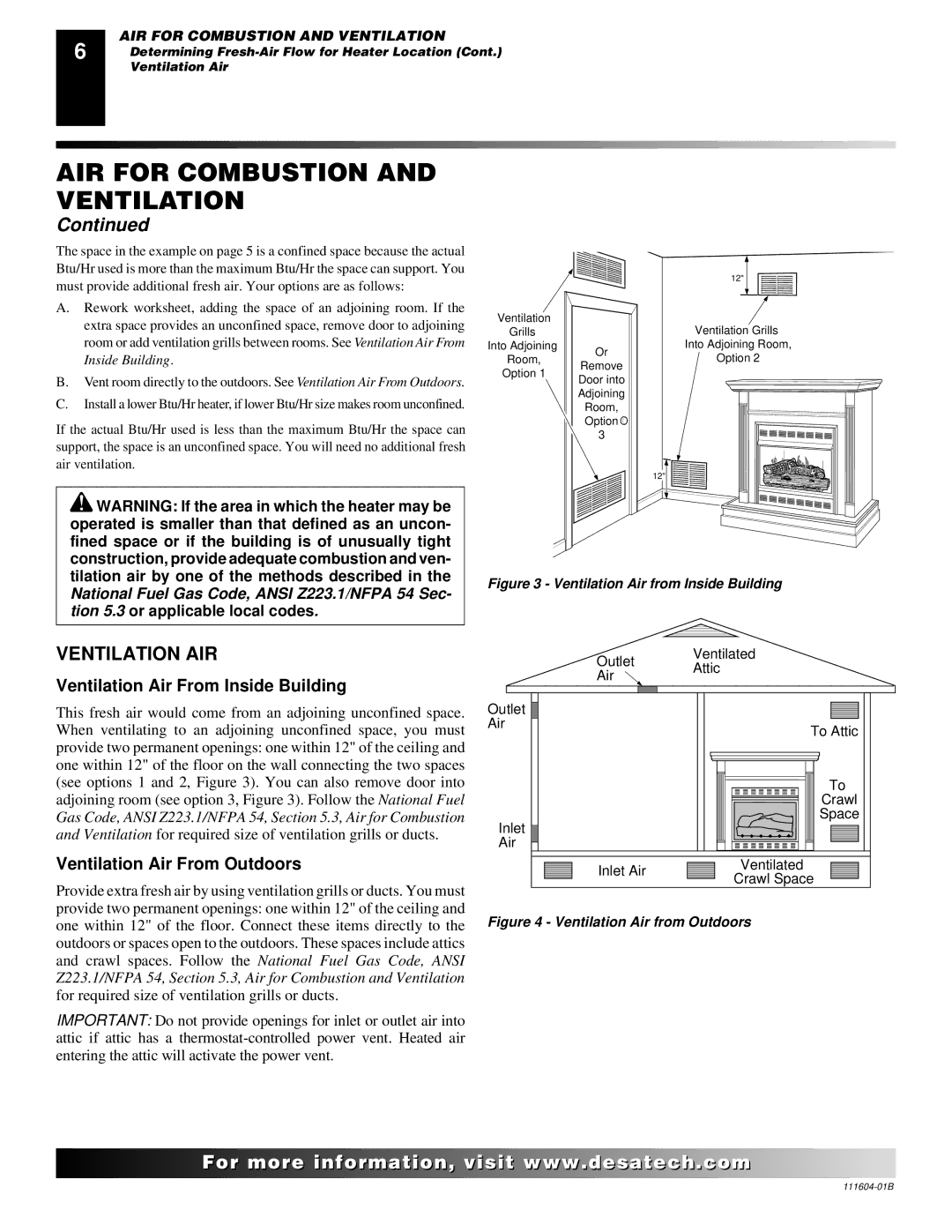LMFP33PR specifications
Desa LMFP33PR is an advanced multipurpose electronic system that has gained attention for its impressive range of features and robust performance. Designed to cater to both commercial and residential applications, this device brings a blend of efficiency, flexibility, and user-friendliness to various tasks.One of the standout features of the Desa LMFP33PR is its high power output, making it suitable for demanding applications. With a maximum wattage capacity that outstrips many competitors in its category, this device can handle significant loads, making it an ideal choice for businesses that require reliable energy sources. Its ability to support multiple devices simultaneously ensures that users can optimize productivity without compromising on performance.
In terms of technology, the Desa LMFP33PR incorporates innovative energy management systems. The integrated smart technology allows users to monitor energy consumption in real-time, offering insights into usage patterns. This can lead to informed decisions regarding energy use, ultimately resulting in cost savings and operational efficiency. Furthermore, the device is equipped with advanced safety features, including overload protection and surge suppression, which safeguards both the unit and connected devices.
The build quality of the Desa LMFP33PR is another aspect worth highlighting. Constructed from durable materials, it is designed to withstand the rigors of frequent use, making it ideal for environments where reliability is paramount. The compact design ensures that it can fit into various spaces without occupying too much physical room, a feature especially appreciated in busy work settings.
User experience is enhanced by an intuitive interface that simplifies operation. The inclusion of programmable settings allows users to customize its functionality according to their specific needs, adding a layer of convenience. Additionally, the Desa LMFP33PR is designed to be energy-efficient, aligning with the growing demand for sustainable solutions. By minimizing energy waste, this device contributes to environmentally friendly operations.
Finally, with customer support and service options readily available, users can access assistance whenever needed, ensuring a seamless experience throughout the lifecycle of the product. In conclusion, the Desa LMFP33PR stands out as a versatile and efficient solution for anyone in need of reliable electric management systems, combining power, durability, and smart technology in one package.

